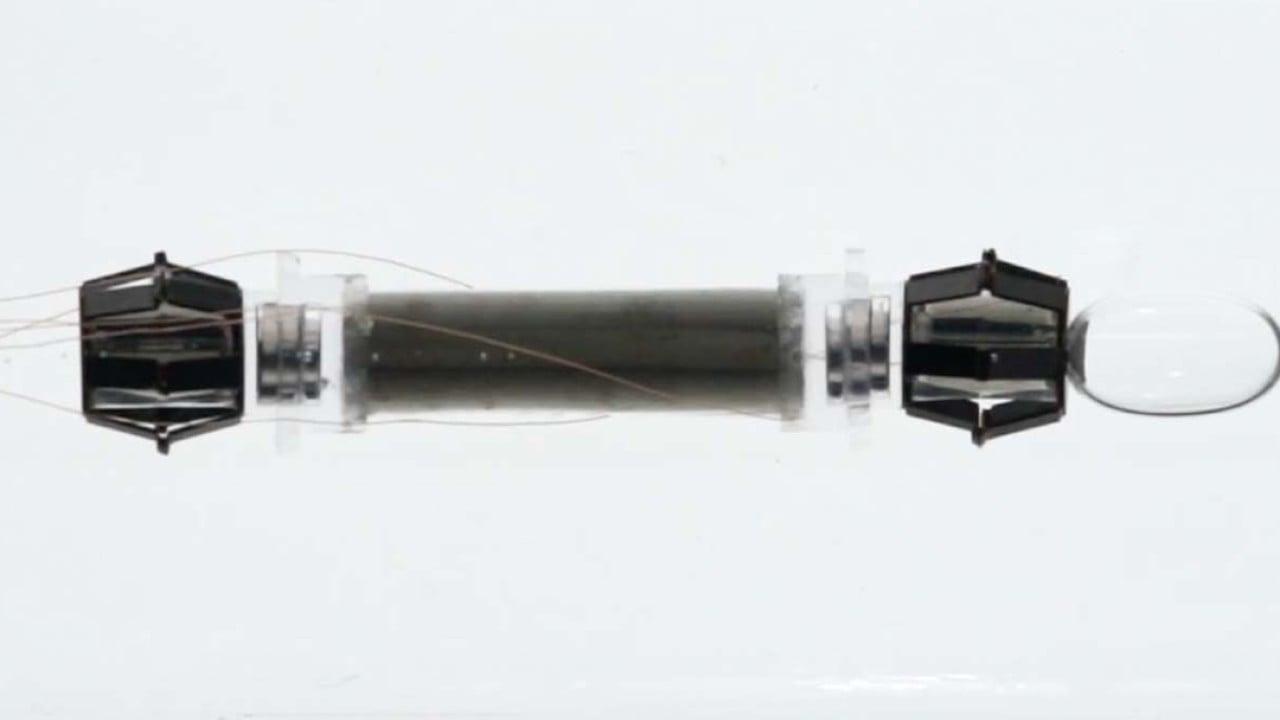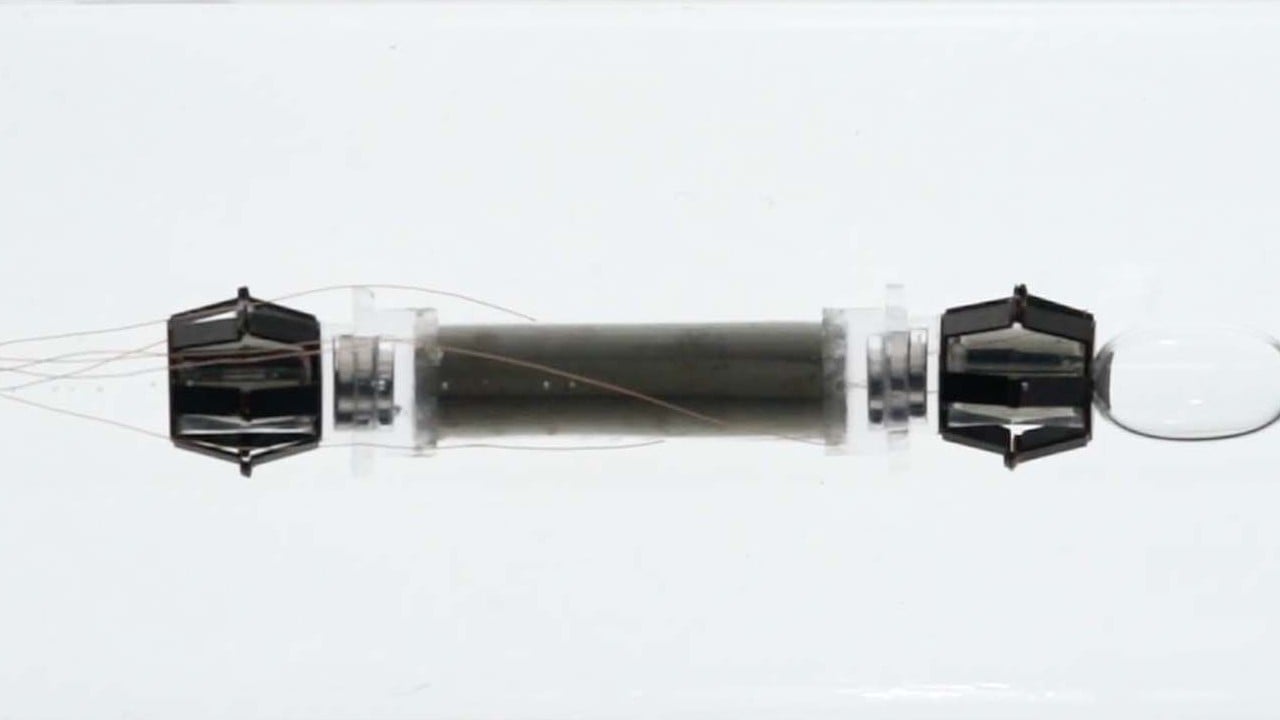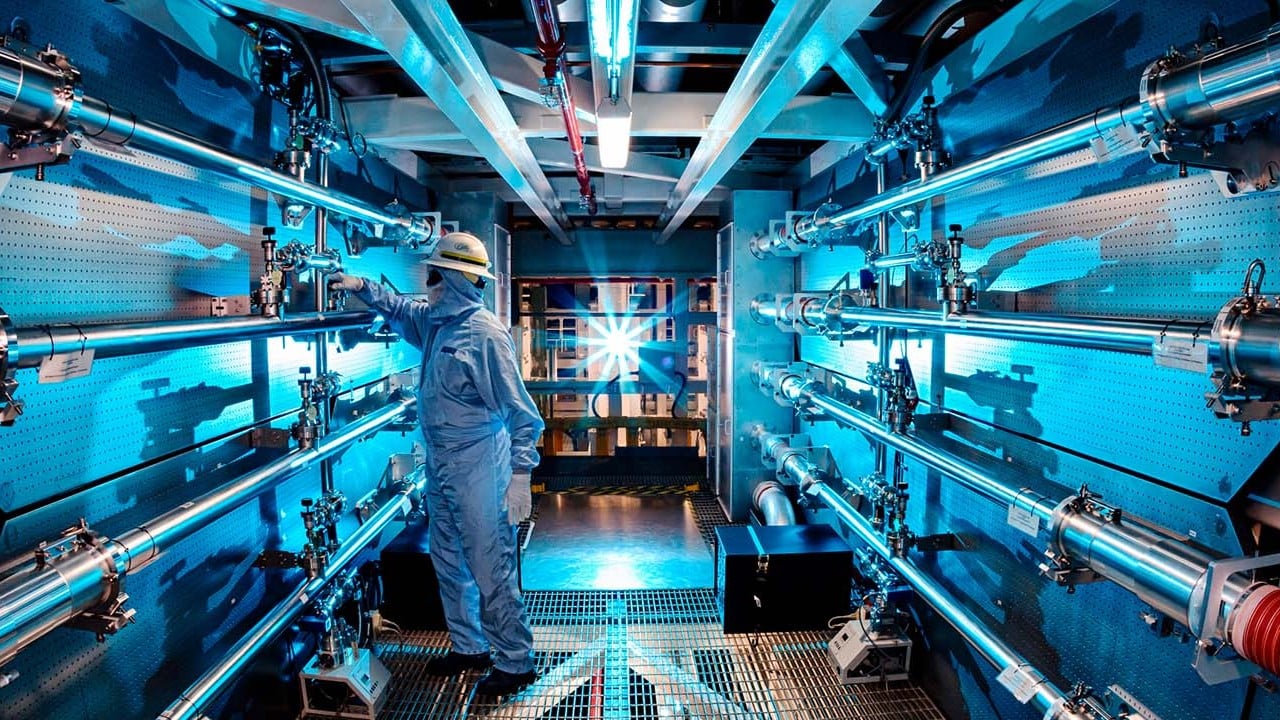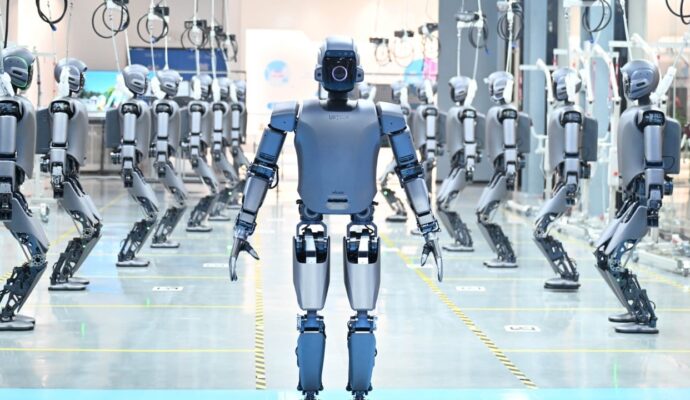
During chemical reactions, microscopic particles collide with each other and form new structures. The orientation of the colliding particles has a big effect on the chemical reaction’s outcome.
When a hydrogen atom collides with one of the ends of a dumbbell-shaped HD molecule, it yields three times the number of hydrogen molecules as when the atom hits the middle of the “dumbbell”.
For decades, chemical engineers regulated reactions by adding catalysts and changing the temperature or pressure of the reaction system to get the desired results and produce items ranging from medicine and cosmetics to tyres.
But as scientists looked to control reactions at the microscopic level, these traditional methods started to fail.
Scientists have spent many years trying to improve their understanding of chemical reactions at the atomic and molecular scale and coming up with new tools to control these reactions.
The Dalian team’s experiment, which uses the simplest molecules in nature, offers scientists a starting point to control more sophisticated and dynamic types of chemical reactions.
The reviewers from Science praised the team’s work as “a milestone in the field of reaction dynamics”.
“This work is a summary and further improvement of our work over the past 20 years,” said Xiao Chunlei, a co-author of the paper.
In 2006, the team started looking for a method to detect the results of experiments performed at the atomic scale. They eventually invented what they called the “Rydberg detection technique” for measuring the movement of atoms.
“That was the first stage of our research, in which our work seemed passive, as we could only observe but not control the state of reactants,” Xiao said.
In 2013, the team started to experiment with controlling the reaction process by using lasers to inject energy into molecules.
The team is now able to precisely control the orientation of reactant molecules by changing the direction of the laser’s electric field.
Zhang led the calculation team, which carried out quantum dynamics simulations on a computer. Their calculations closely matched the results of the experiment, providing further proof of the dynamic process.
“Previous chemical reaction research was like a ‘blind box’ – the result was predetermined by its original quantum properties, and scientists could not control it at will. It was like rolling the dice to get our desired results,” Zhang said in an interview on Wednesday.
“But now we can excite a specific molecule and control its orientation to directly get what we want.”
According to the team, the research proves the orientation of molecules and atoms has a substantial effect on fundamental chemical reactions, and will serve as an example for future experiments.
“This work provides a theoretical basis based on quantum mechanics. In the future, we might bring larger and heavier atoms such as fluorine or chlorine into our research,” Xiao said.




